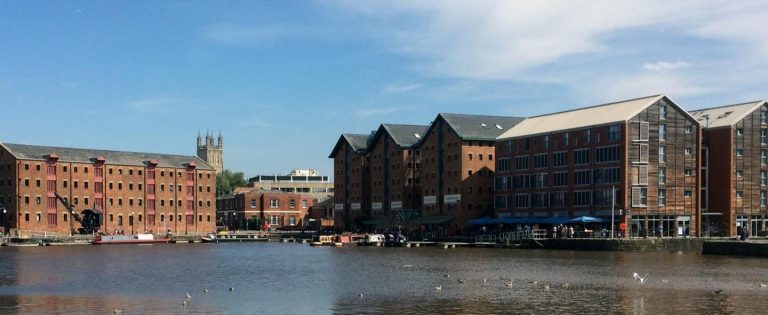
Last year, the internet was dominated by a news story of two supermarkets. Claiming that their Colin the Caterpillar cake had been copied, Marks and Spencer filed a lawsuit against Aldi. Aldi responded with a series of witty remarks on social media, reflecting a very well-thought-out approach to how they wanted their brand to be perceived by customers. Simply, they formed a tone which reflects the experience they want their customers to have.
This link to local government transformation may feel dubious, but caterpillars don’t work to become improved caterpillars. Rather, they represent a wonderful transformation into butterflies. There is no one definition, but transformation, at its best, approaches the future with a completely new angle, rather than provide small improvements building on the past.
At Gloucester City Council, we looked to perfect our culture and customer experience as the target for achieving a successful transformation. The Cathedral City of Gloucester is home to around 129,000 people of different backgrounds and cultures, and it has undergone major regeneration over the last ten years.
But while we focused on changing the city, we hadn’t really kept our internal organisation match fit for the needs of today, so we embarked on an ambitious transformation programme starting in 2016 for completion in 2021 called ‘Together Gloucester.’
In 2016 our office space was under-utilised and we had more desks than people. There had over time been a proliferation of over 250 key aims and objectives – but our council structure had grown organically and no longer aligned itself to these priorities.
We had financial challenges like most councils, and we needed to find £1 million of savings per year. On top of this, feedback from teams reflected that they were too busy delivering to stop and consider how to make changes to improve their efficiency.
Crucially, IT was a source of frustration for both staff and customers. We had outdated hardware, that fixed people to desks in a maze of warehouse offices. As a result, we were working in siloes, not collaboratively.
The first phase of Together Gloucester saw nine members of staff get together to plan the transformation, analysing priorities and outlining a new structure. Their brief was to dismantle the siloes and downsize to one warehouse, whilst promoting new ways of empowering individuals and communities through our asset-based community development approach.
After this first stage £1.23 million per annum savings were achieved, but we quickly realised this wasn’t sustainable; the staff feedback survey found that we didn’t have the right technology to make the most of the new structure and there was still an inconsistency across our channels – traditional and digital – which had to be addressed. Our website was scoring poorly for accessibility and our digital services were limited or just didn’t exist. It was clear we needed a more systematic approach to go further.
This included a complete rethink of our working environment and investment in technology for the savings to be more sustainable. The new location allowed for more collaborative working and new laptops and a new customer contact centre enabled staff to work flexibly and support our customers from almost any location.
We were also keen to simplify our online processes in order to improve the customer experience. We invested in the govService platform, a citizen engagement tool provided by Granicus, in order to enable public access to services 24/7, at a time and from a device of their choosing.
But how did we really do it? The answer is simply that we focused on creating the right shared culture.
For us, culture change and engagement was about making sure people were involved in the transformation at all levels. Change was clearly communicated, and resilience was built for the future.
In the 1982 book, “Corporate Cultures: The Rites and Rituals of Corporate Life,” Terrence Deal and Allan Kennedy said of organisational culture: “It’s a way of being, it’s a reflection of the values and beliefs of an organisation, it’s who you are and what you stand for.”
At Gloucester it was important that everybody in the organisation was engaged and involved in our transformation. Without that cross-council commitment, it would have been destined to fail.
We set up a dedicated workstream to make sure the entire organisation understood why we needed to change and what their role was in making that successful and set up a change network with representatives from people across the whole organisation at all levels. We worked with them and the Gloucester management team to agree our new vision and approach and used the forum to openly discuss progress and focus on building our change capability for the future. A monthly staff newsletter was introduced, as well as regular transition planning meetings and digital ‘show and tells’ later in the programme.
Above all else we wanted a culture where collaboration across teams was valued and there was a relentless focus on the customer journey.
For this, we provided access to council tax and benefits services through our digital platform and used the opportunity of the annual billing cycle to drive up direct debit customers and encourage paperless billing. We now have a number of services available online from licensing to streets and open spaces, with more being launched regularly. As a result, more customers can self-serve at their convenience, improving their experience.
So, by modelling ourselves on the caterpillar, and by breaking down siloes and promoting cross-team working, we not only changed, we truly transformed. We now consider ourselves a learning organisation that’s always open and ready for change.